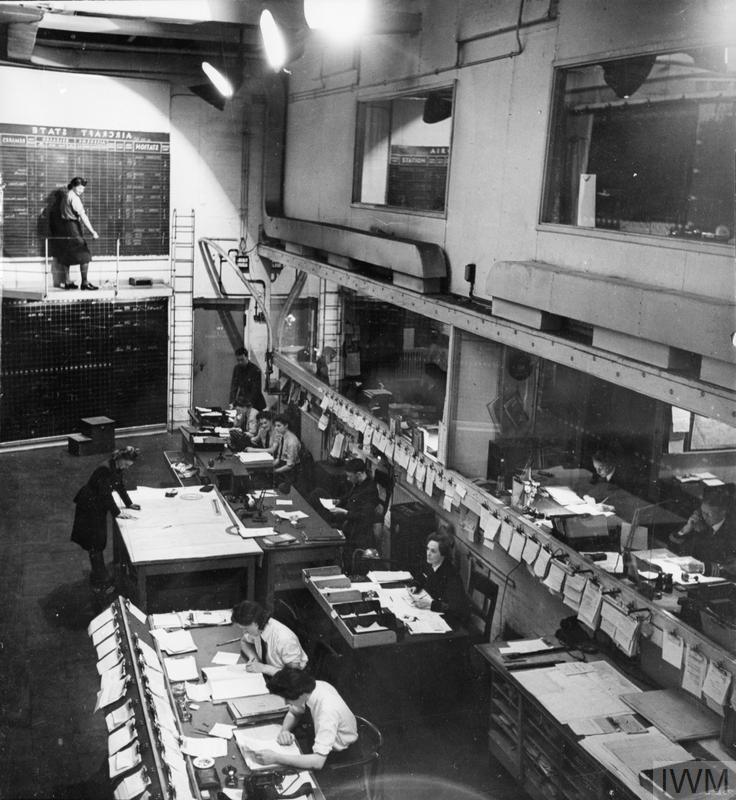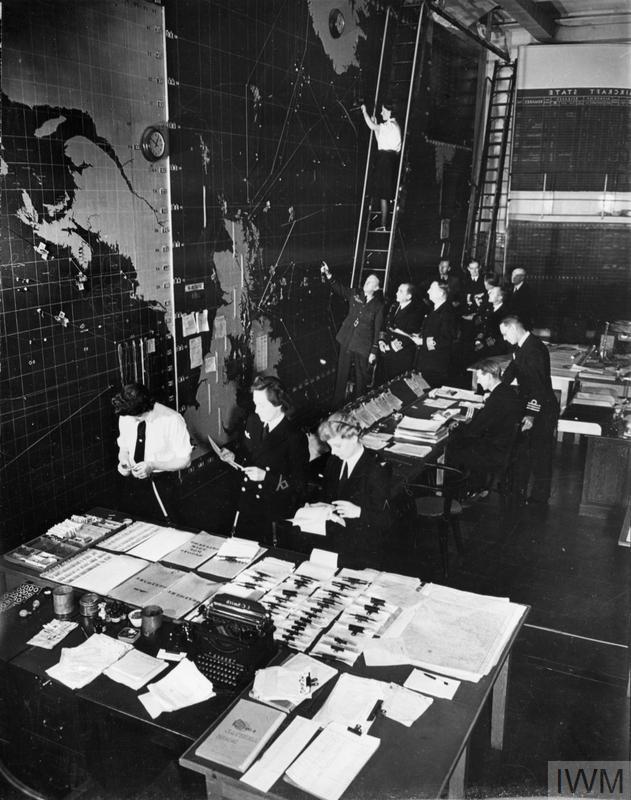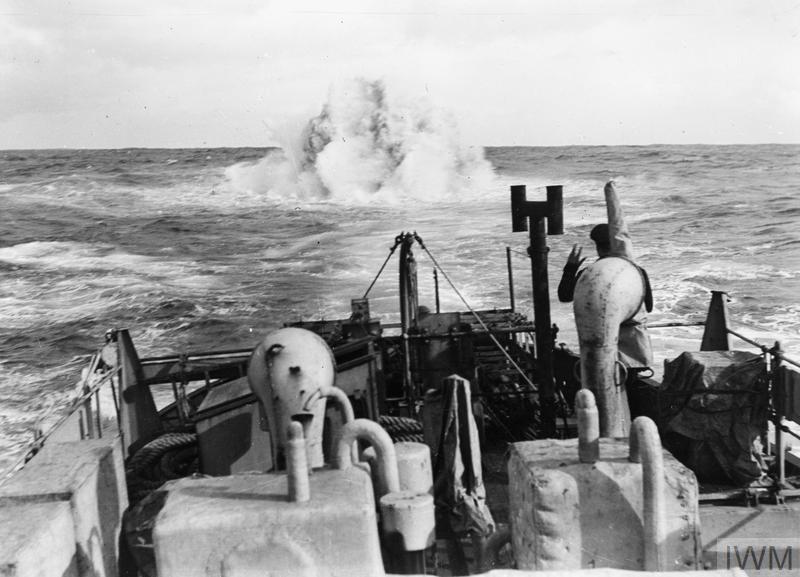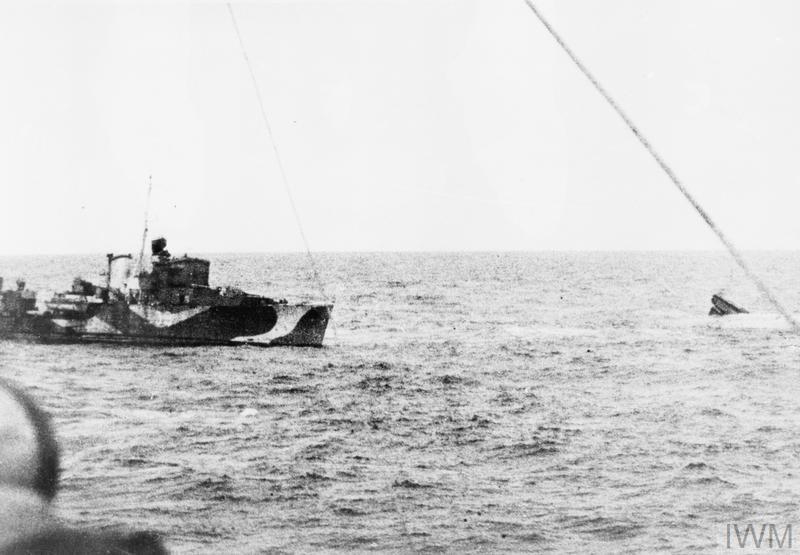Then WW2 happened. Within the first 7 months of 1941, German U-boats had sunk 681 oil-carrying vessels. By Autumn of 1942, an average of 700,000 tonnes of oil were being sunk a month.
Oil was needed. Desperately.
It needed to come from within Britain as our shipping routes had effectively been severed.
The country’s oil resources were nationalised by the Petroleum (Production) Act 1934. There were a handful of wells across the country producing small amounts of oil. One such place was Eakring, Nottinghamshire.
The first well at Eakring was spudded in 1939.
But the rigs weren't for for purpose.
Contracts were signed with two companies based in Oklahoma-the Noble and the Fain-Porter Drilling Corporations.
It was agreed that 'for the war effort' no profit could be made
They were accommodated in Kelham Hall, a dilapidated Victorian Home, which at the time was home to monks of the Society of the Sacred Mission.
But life was hard in a war zone. Rationing hit them hard, as they were unused to food shortages.
In the year they were contracted, the Americans drilled 94 wells of over 2500 ft, 76 of which were producers. Daily oil production exceeded 3000 US barrels per day.
Britain's oil supply was saved by what became known as the 'Roughnecks of Sherwood Forest'.
BP have long pulled out of exploration or production in this area. It is still licensed but no-one is producing or actively exploring (as far as I know). Though I hear they are in Lincolnshire.
/End
*More of a lengthy report than a factsheet
















